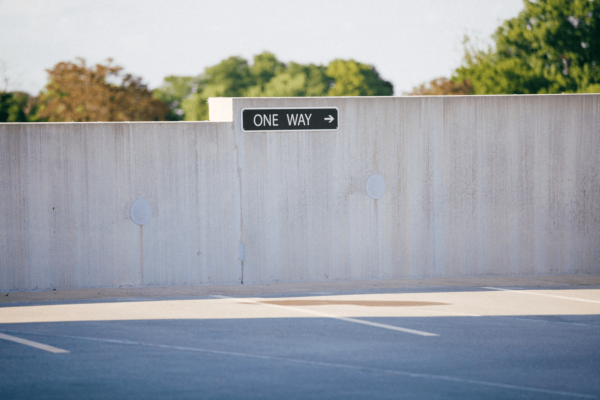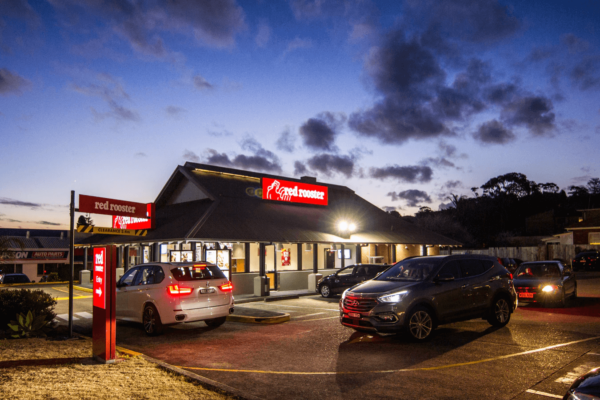There have been many businesses pivoting during COVID-19 but with lockdown restrictions beginning to relent in most places, retail store design and layout has never been more important. Having a business strategy during crisis periods is important, but so is having one for coming out of them, which is why knowing how to pivot your business during COVID-19 involves many different approaches; one of them being the layout of your store.
Getting customers back into stores is a much more difficult prospect than it may seem. Firstly, there is the emotional aspect regarding them feeling safe to do so, then there is the operational one of your location actually being safe for them to enter. So how should small companies deal with a crisis as it relates to their store design? No longer is it just about ‘How do I pivot my business effectively’ it’s about instilling emotional comfort in those who wish to interact with you.
Here is where your current store design can either help or hinder your cause as the way stores are designed isn’t just changing in the short-term, instead the Coronavirus is likely to be the catalyst for new retail design concepts that are set to stay for a very long time.
With customers more concerned about public health and safety than ever before, physical stores adapt quickly to tackle these changing consumer behaviours as well as meet government safety guidelines, otherwise it will become even more difficult for a company to survive this ongoing crisis
How Retail Stores Are Doing Amid COVID-19
Prior to COVID-19, retailers had a strong understanding of shopper behaviour regarding how consumers moved throughout their stores. Unfortunately, like everything else, the pandemic has caused wholescale changes to this.
With stores across the UK now opening once again, retailers need to consider the changes to their in-store layouts they need to make that match current consumer expectations and behaviours. While most customers will have switched to focusing on online shopping, there are still those who want to visit brick-and-mortar locations. Consumers are now incredibly aware of proper hygiene standards, which is why many have switched to eCommerce and online transactions. As a result, physical retail store layouts must adapt and change to inspire confidence amongst their audience.
Many companies are currently struggling to stay afloat and we’re seeing several already go into administration. For the ones who will survive and for those who have figured out how to pivot your business during COVID-19, the problems are not all behind us.

Factors that will Change In-Store Design
In the short-term, retail store design will be all about enabling social distancing. This includes installing protective barriers at checkouts, marking out where people should queue and reducing the number of products on display to create more space.
Clear signage will also play a bigger role in helping customers navigate new store layouts while also reminding them of distancing measures in place. For example, Lidl and ASDA are using floor markings to illustrate one-way systems and remind customers to follow new regulations. Also, customers will expect retailers to offer enough space to move around without coming into close contact with either staff and other customers in order to feel safe.
Speed and efficiency will be prioritised over browsing habits with customers looking to get in and out of stores in as short time as possible so configuring spaces that allow for this is a must for all store designs as a new form of customer convenience in retail emerges. The need for regular cleaning and high standards hygiene that uphold the health and safety of everyone will also impact retail store layouts to help foster confidence in customers.
How to Prepare For The Retail Design of the Post-Pandemic Era
Many expect the pandemic to have a permanent impact on consumer behaviour, something that store design will have to adapt to. It seems that streamlined, uncluttered stores will take a preference to ensure more room for customers while offering greater flexibility is clearly the way forward. Here are some other factors that may influence retail design in a post-pandemic world:
One Way Systems – One model likely to become common practice is the one-way system. Not only does this allow retailers to closely control in-store numbers, but also funnels customers throughout the entire store encouraging more purchases. It eliminates in-store bottlenecks and pinch points allowing social distancing measures to be followed without requiring a huge amount of new in-store infrastructure to be put in place, as mentioned earlier in the case of Lidl and ASDA.

Dual Entrances – Target has illustrated the effectiveness of dual-entrance stores that avoid having customers occupy the same space at one time. Not only does this ensure social distancing and customer safety, but it also provides a greater flexibility of operations. A dual-entrance layout means the store can still cater to consumers’ needs with one offering quick grab-and-go products like pre-packaged food and drink, while the other side encourages browsing larger purchases. Dual-entrances and segmented layouts help retailers maximise their space, creating personalised in-store experiences by dividing it to meet consumer needs while still following health and safety regulations.
Drive-Through Enabled Stores – A concept that could quickly become another design trend is offering drive-through services. Already common for fast food outlets, companies like Dixons Carphone are jumping on this trend by developing drive-through pick-up points preventing shoppers from even having to enter a store to collect an order. For stores with large parking facilities, it’s easier to see how this could become a feasible, effective way of giving customers what they want in a timely manner with an added level of convenience.

Technology – Technology could also help reduce the amount of floor space needed by emphasising click and collect features and digital solutions. With click and collect, customers can order online for delivery to their home or collect their order in-store, something likely to affect the physical store layout in order to focus on these customers in particular. Devices such as public touch screens and AI assistants are also expected to become commonplace in stores to increase the efficiency of service and reduce human-to-human interactions as much as possible.
Final Thoughts
Prior to COVID-19 customers were increasingly looking for retail stores to provide them with personalised experiences. However now this has shifted entirely the other way towards an emphasis on streamlined journeys and function over frivolity. While there is still a great amount of uncertainty for the future of brick-and-mortar, what is apparent is the clear need for retailers to plan for a new way of shopping that is here to stay. By looking to implement some of the changes mentioned above and focus on the new layout of your store, you will be able to help customers feel more comfortable visiting, as well as encouraging them to shop with you again and again in the post-pandemic era.
Digital & Social Articles on Business 2 Community
(54)






